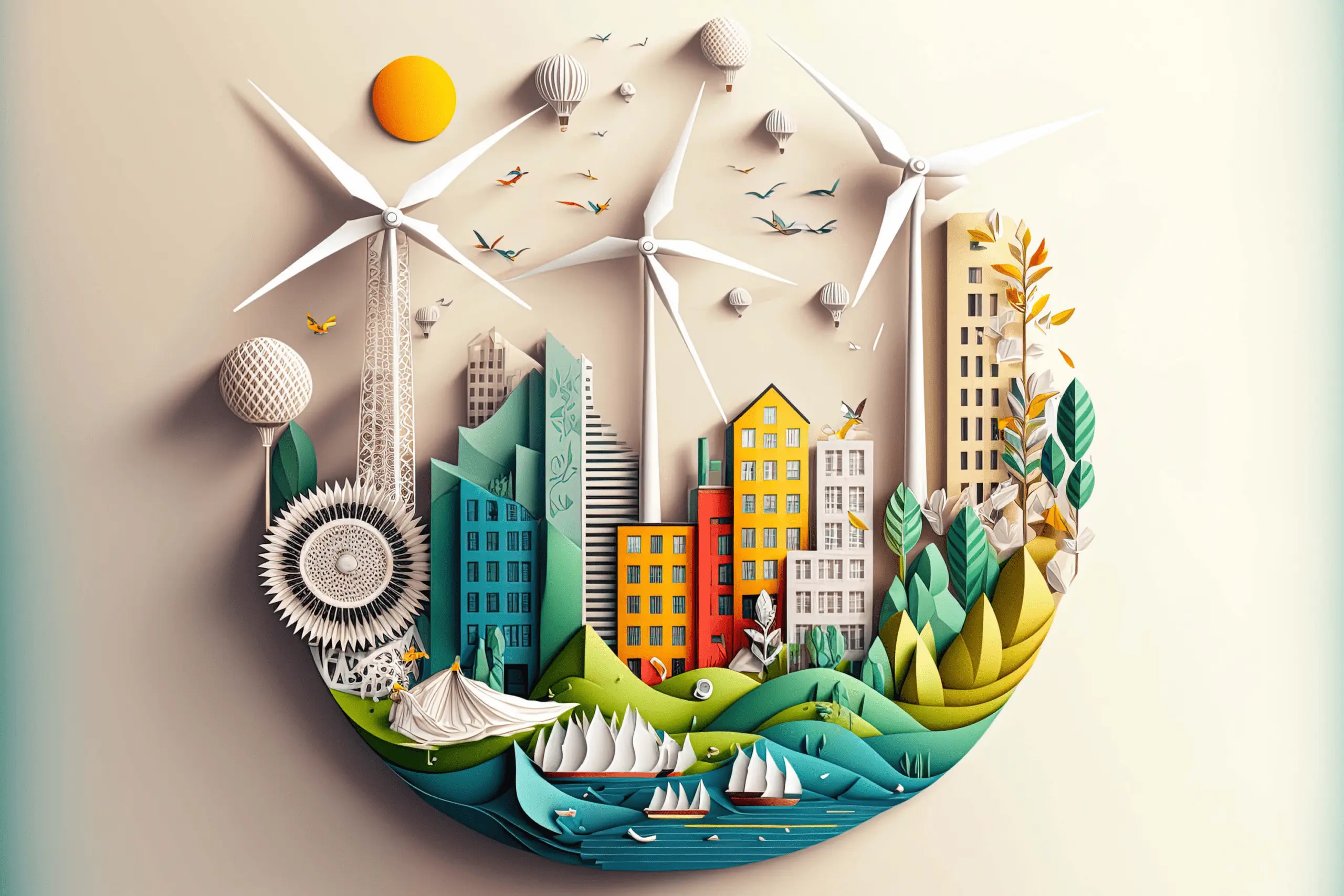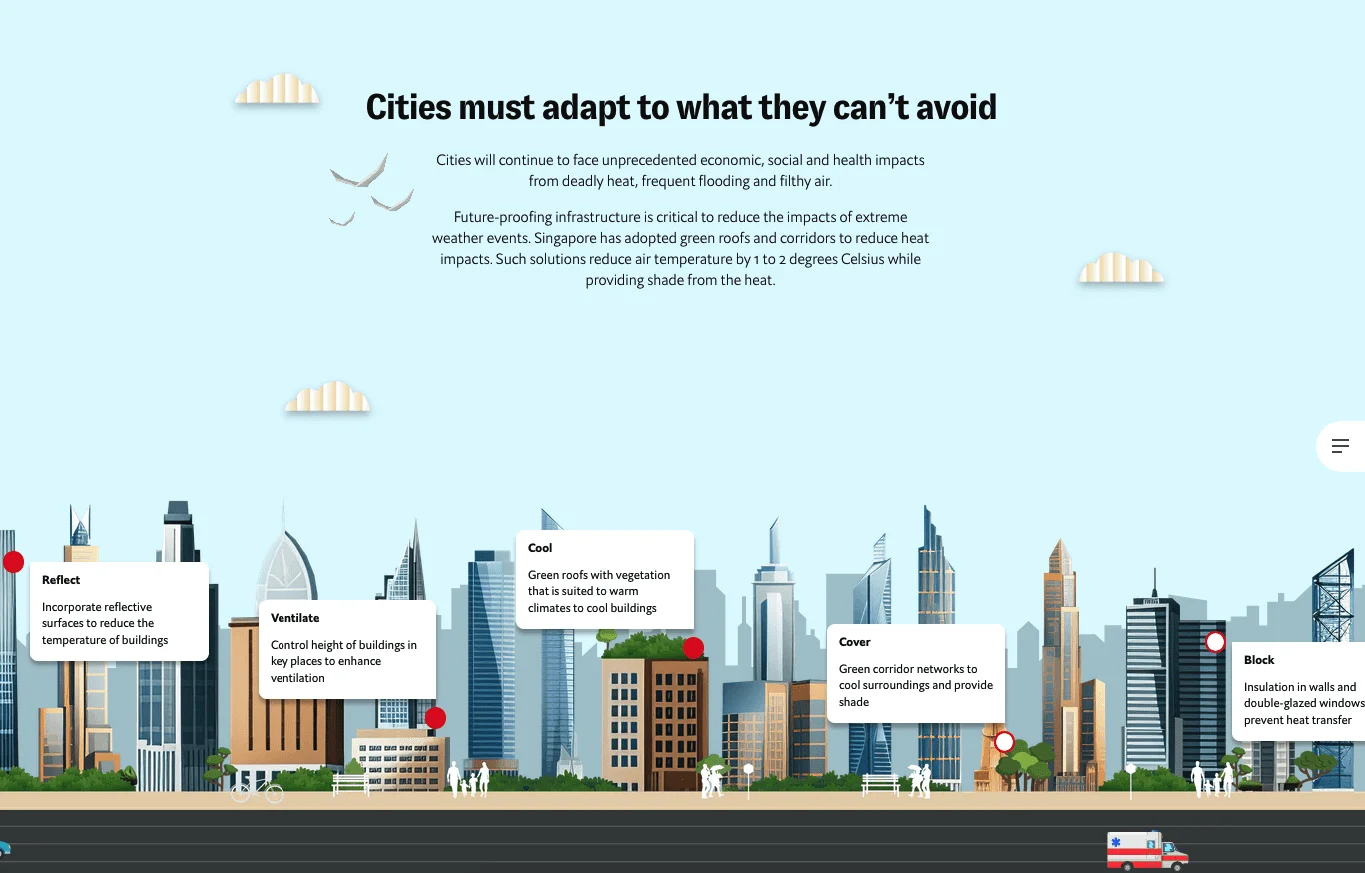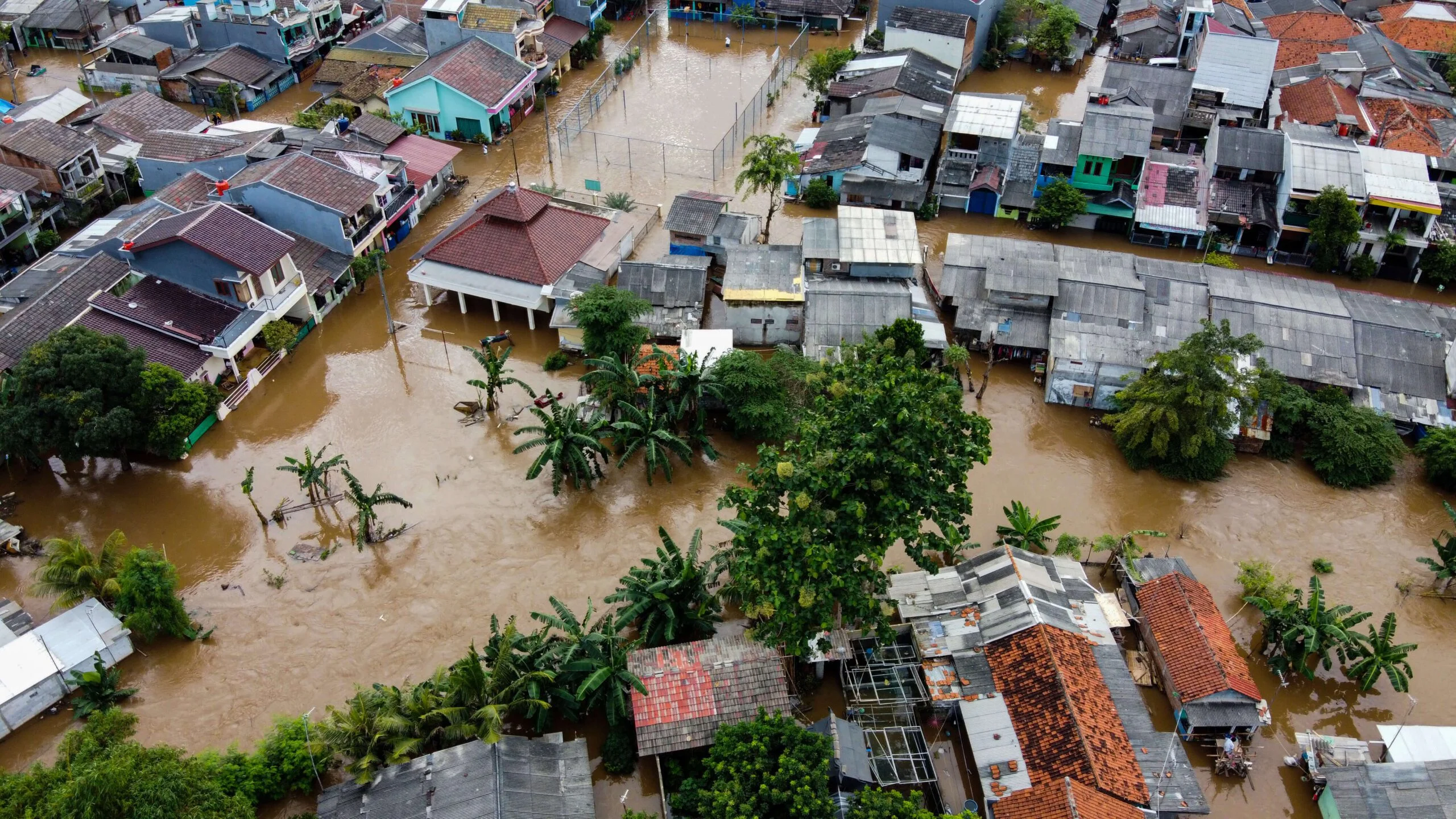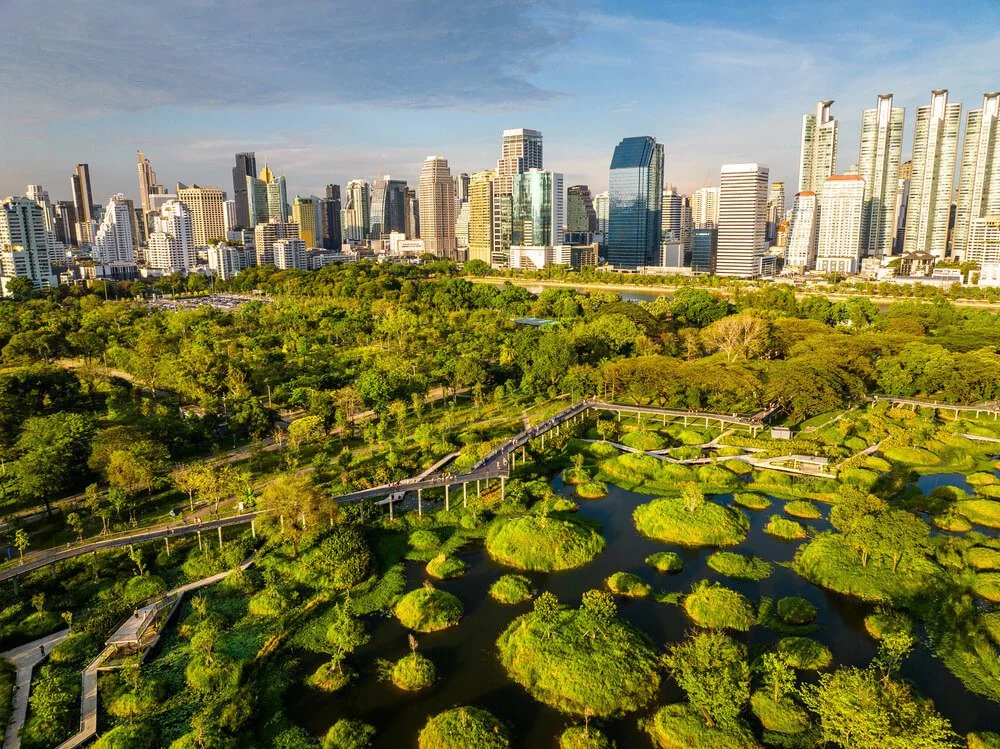Executive summary
By 2050, cities will be home to more than two-thirds of the world’s population, placing them at the crux of humanity’s ability to adapt to the risks and uncertainties of the 21st century. Natural disasters from extreme weather to pandemics, and human catastrophes such as industrial accidents, terrorism and cyber-attacks, take their gravest toll on citizens in densely populated urban centres. Cities can also be flashpoints for instability and conflict due to poverty and inequality.
For the purpose of this research, Economist Impact defines urban resilience as a city’s ability to avoid, withstand and recover from shocks, such as natural disasters; and from long-term stresses such as poverty, decrepit infrastructure or migration. A resilient city should be able to self-organise following a shock event, adapt to unfolding risks and plan ahead rather than react. “With the reality of climate change, resilience is not just about the ability to withstand or absorb disturbances but [is also about] being sustainable. It must not add to any future potential problems while serving its basic functions,” says Lavan Thiru, executive director at Infrastructure Asia.
Key findings from the inaugural edition of
The Resilient Cities Index include the following:

Cities performed well in the critical infrastructure pillar of the index, but there are some weak points that require strategic focus.
The cities with the highest scores were Dubai, Shanghai, New York and Singapore. These capital-rich market locations have greater opportunities to develop new infrastructure, compared with European cities constrained by decades- or centuries-old systems. Within this pillar, digital infrastructure and transportation were a drag on cities’ resilience.

Cities that use data and technology to create operational efficiencies and share information with their citizens —i.e., smart cities—are better at dealing with shocks.
Patchy internet quality, which can impede access to digital services, pulled down the overall resilience score in the critical infrastructure pillar. Digital technologies and advanced data analytics can help to predict risks, optimise existing systems and keep the public informed. Greater digitalisation comes with risks, especially to critical infrastructure, but most cities in the index have built safeguards against this.

Most emerging economy cities lack adequate regulatory frameworks, strategies and incentives for future- proofing infrastructure.
Only a few cities in the index achieved high scores for future-proofing, which involves ensuring infrastructure preparedness for shocks while managing current and future emissions. One way cities can future-proof is by incentivising sustainable designs for buildings, such as installing green roofs, incorporating modularity and retrofitting for energy efficiency—a practice only found in high-income cities in the index.

Efforts to achieve environmental resilience are led by innovative solutions.
Cities are employing a variety of nature-based solutions to adapt to flooding and heat stress, from planting rooftop vegetation and mangrove forests (green infrastructure) to rehabilitating wetlands (blue infrastructure). Cities are also decarbonising by adopting renewable energy and negative emission technologies, such as carbon capture, storage and removal. However, the scalability of these technologies is likely to be challenging for resource-constrained emerging market cities.

Cities demonstrated poorer performance in the socio-institutional pillar, mostly due to income inequality and poor health and well-being metrics.
Only nine cities have a single, comprehensive plan to support vulnerable groups. However, one bright spot is that cities are promoting a culture of readiness to act in the event of a disaster. The majority of cities scored highly on this or are working to improve their readiness.

Cities had the lowest average scores in the economic pillar, dragging down some cities that performed well in other areas.
The low penetration of financial safety nets hinders safeguards against threats and undermines a city’s ability to recover from shocks. Another aspect of economic resilience is a city’s ability to incubate innovation, which can foster solutions to a range of problems, from congestion to water stress. Unfortunately, most cities scored poorly on the indicator for start-up ecosystems.
Sponsor Foreword


Sponsor Foreword



Introduction: the century of the city
Cities have long been celebrated as symbols of resilience, endurance and adaptability. They are often regarded as dynamic and progressive powerhouses, brimming with innovation and vitality. The promise of opportunity, in particular, continues to pull people towards urban centres. By 2050, the world’s cities will be home to more than two-thirds of the global population. With this in mind, it is critical for societies and governments to evaluate their risk management practices and build resilient cities that can withstand an uncertain future. In 2023, the planet experienced the hottest three-month period on record, with unprecedented sea surface temperatures and extreme weather. Repeated heat waves hit urban tourist hotspots, harming people’s health and disrupting their daily lives.
China’s temperature record was shattered, driving people to seek relief in bomb shelters. Elsewhere, the heavens opened. Exceptional monsoon rains washed away bridges and homes in northern India, shortly after New Delhi recorded its heaviest day of rainfall in more than 40 years. Hilary, the first tropical storm to strike California in 84 years, brought nearly a year’s worth of rain to Los Angeles in a single day, causing widespread flooding. In September, Hong Kong was drenched by the heaviest rain since records began 140 years ago. Unrelated to climate change, cities were also battered by natural disasters. Syria and Turkey are still reeling from the effects of an earthquake in February that killed nearly 60,000 people, prompting questions about urban resilience and the governance of building construction.



The Resilient Cities Index 2023 examines how 25 global cities fare in their capacity to evade, withstand, and recover from a range of shocks across four key themes.
The human toll of disasters in cities can be devastating, reflecting both their high population densities and their interdependent infrastructure. Poverty, inequality and urban sprawl also make cities potential flashpoints for social unrest and riots. “In every major metropolitan area in the world, the risk profile is just rapidly increasing, particularly in cities in developing countries,” says Gareth Morgan, executive director of future planning and resilience for the City of Cape Town.
“With the reality of climate change, resilience is not just about the ability to withstand or absorb disturbances but [is also about] being sustainable. It must not add to any future potential problems while serving its basic functions”
The Resilient Cities Index is a comprehensive evaluation of urban resilience that explores cities’ preparedness to tackle shocks by examining their critical infrastructure, environment, socio-institutional dynamics and economy. Economist Impact’s research captures the beginning of a move from theory to practice as cities start to implement plans to improve their preparedness and resilience. It also captures a growing focus on the relationship between resilience and sustainability. The research is not exhaustive, reflecting both the complexity and dynamics of the urban system and the complex causal chain of indicators. Where possible, however, we have incorporated subsystems with close causal relationships into the same framework. For example, urban climate resilience is considered alongside carbon neutrality goals, infrastructure future-proofing and the electrification of transportation. We also recognise that aspects of the socio-institutional pillar play significant supporting roles for other indicators. For example, effective disaster management, which is an indicator in the environmental pillar, is co-dependent on the digitalisation of a municipality, a city’s inclusiveness and its culture of readiness.
In the realm of urban planning and governance, the gap between policy and implementation will remain a significant challenge to cities’ resilience. While cities around the world are recognising the need to build resilience in the face of growing environmental, social and economic uncertainties, translating intentions into action remains a formidable hurdle.
Resilient Cities Index
City rankings
About the Report
The Resilient Cities Index was developed by Economist Impact and supported by Tokio Marine Group. To help policymakers and stakeholders understand risk and design effective policies for urban resilience, Economist Impact developed a benchmark of 25 cities. To gauge the resilience of these cities, we took measurements across four pillars: critical infrastructure, environment, socio-institutionaland economic. This white paper combines index analysis with expert commentary to identify patterns, common strengths, deficits and best practices across index cities.
The index draws on work by institutions, scientists and researchers. Specifically, the project has benefited from counsel provided by a panel of experts who are prominent authorities on urban resilience. These include the following (listed alphabetically by surname):
-
Sachin Bhoite, director, climate resilience, C40 Cities
-
Katrin Bruebach, global director of programmes and delivery, Resilient Cities Network
-
Jorge Calvín, commercial director, Lobelia Earth
-
Vincent Cheng, PhD, fellow and director of climate and sustainability services, East Asia, Arup
-
Tiffany Crawford, co-director, City of Melbourne’s Climate Change and City Resilience Branch
-
Folayinka Dania, PhD, acting chief resilience officer, Lagos State Resilience Office
-
Ross Eisenberg, disaster risk management specialist, World Bank
-
Norlang Garcia, general director of resilience, Mexico City
-
Professor Christine Loh, chief development strategist, Institute for the Environment, Hong Kong University of Science and Technology
-
Timon McPhearson, professor of urban ecology, The New School; director, Urban Systems Lab
-
Gareth Morgan, executive director of future planning and resilience, City of Cape Town
-
Jesús Peña-Izquierdo, PhD, head of science, Lobelia Earth
-
Professor Rajib Shaw, professor, Graduate School of Media and Governance, Keio University
-
Professor James Simmie, professor emeritus in innovation studies, School of the Built Environment, Oxford Brookes University
-
Lauren Sorkin, executive director, Resilient Cities Network
-
Lavan Thiru, executive director, Infrastructure Asia
-
Baroness Fiona Twycross, deputy mayor for fire and resilience, Mayor of London
Our thanks and gratitude go to these individuals for their time and insights.
This report was produced by a team of Economist Impact researchers, writers, editors and graphic designers, including:
-
Gillian Parker, project director
-
Ritu Bhandari, project manager
-
Shreyansh Jain, senior analyst
-
Satvinderjit Kaur, senior analyst
-
Bilge Arslan, analyst
-
Divya Sharma, analyst
-
Adam Green, contributing writer
-
Emma Ruckley and Amanda Simms, contributing editors
-
Cheryl Fuerte, associate director, digital
-
Wai Lam, art director
Other Economist Impact and Economist Intelligence Unit colleagues contributed to the research by engaging in an internal expert consultation. These include Katherine Stewart, principal and head of benchmarking; Shivangi Jain, senior manager, advanced analytics; and Pratima Singh, principal.
Continue reading the report by downloading the PDF
Download report






















